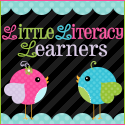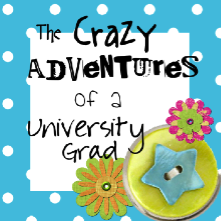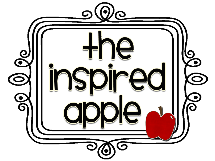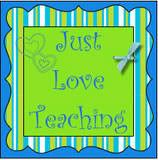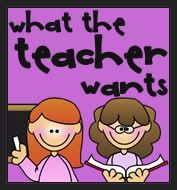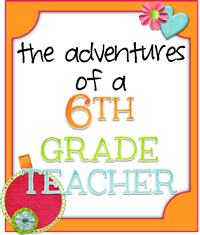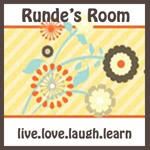Wow I can't believe the blog count had gone over 10,000! Thanks to people who have been reading my posts :)
Tomorrow I will be flying to my home country Japan, for the first time since I moved to Canada with my family more than seven years ago. For the next six weeks, I will be a student teacher in a grade one/two class at an interenational school in the beautiful ancient city of Kyoto. Since I postponed my practicum so that I could work for an extra three weeks, I have been hearing from my friends who are already teaching in my education program about how great their placements are going, and I just can't wait to get started!
Since I will be teaching at an IB (International Baccalaureate) World School, everything I teach will be taught through an inquiry-based appraoch. From weekly Skype planning sessions with my mentor teacher, I've realized how differnent teaching in this way is, compared to other more conventional approaches I've been learning about in my classes. Learning all about the Primary Years Program has definitely been an eye-opening experience for me. I can't wait to see it in action!
Speaking of planning, here is my practicum plan book that I've decorated last night! At the school I will be teaching at, the teachers are addressed by their first names, so I will be "Miss Satya". I'm very happy about all the flowers :)
Speaking of planning, here is my practicum plan book that I've decorated last night! At the school I will be teaching at, the teachers are addressed by their first names, so I will be "Miss Satya". I'm very happy about all the flowers :)
Anyways, I should get back to finishing my packing. In this blog, I will mainly be writing about the activities and lessons I teach during my practicum. I might even post some pictures I take during my stay in Japan, since I will be exploring the kansai area over the next three months. Stay tuned, and wish me luck!
















